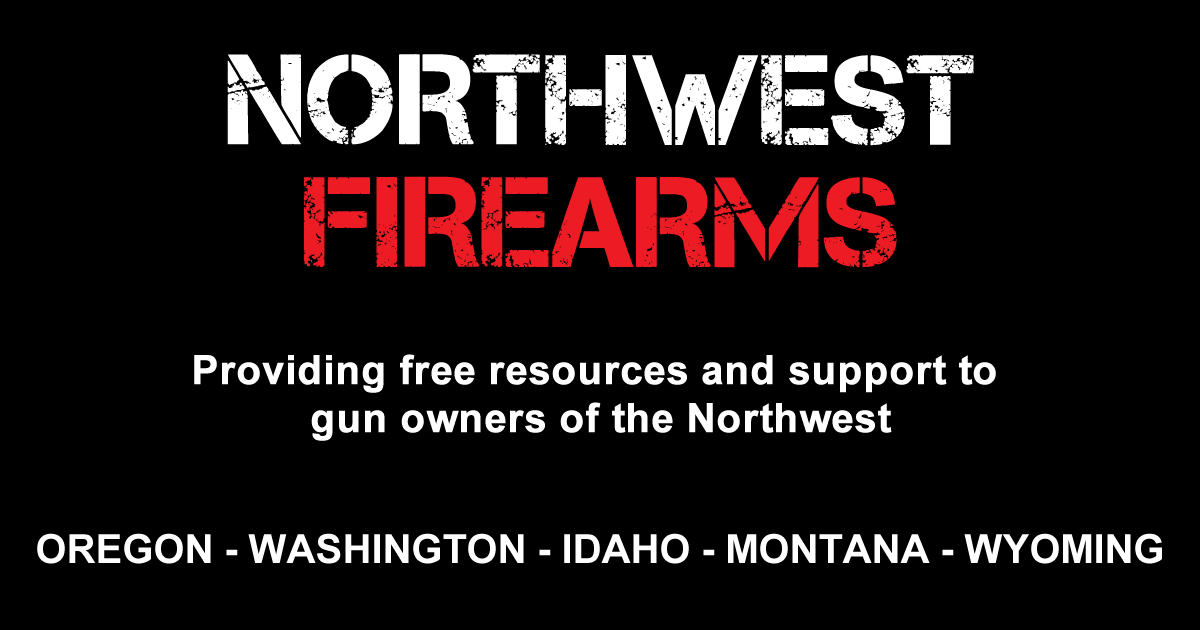Gold Supporter
- Messages
- 6,636
- Reactions
- 10,219
We all know the formula; 7.5 grs. Unique capped with a Lyman 429421 250 gr. cast LSWC
MV is supposed to be 950 from a Model 24 with a 4" barrel.
I'm just curious if anyone's ever loaded this into a Magnum case?
What were your results?
Feel free to get as geeky with the chrono info, lead/tin content and anything else about the load that you want to.
Thanks in advance.
MV is supposed to be 950 from a Model 24 with a 4" barrel.
I'm just curious if anyone's ever loaded this into a Magnum case?
What were your results?
Feel free to get as geeky with the chrono info, lead/tin content and anything else about the load that you want to.
Thanks in advance.













